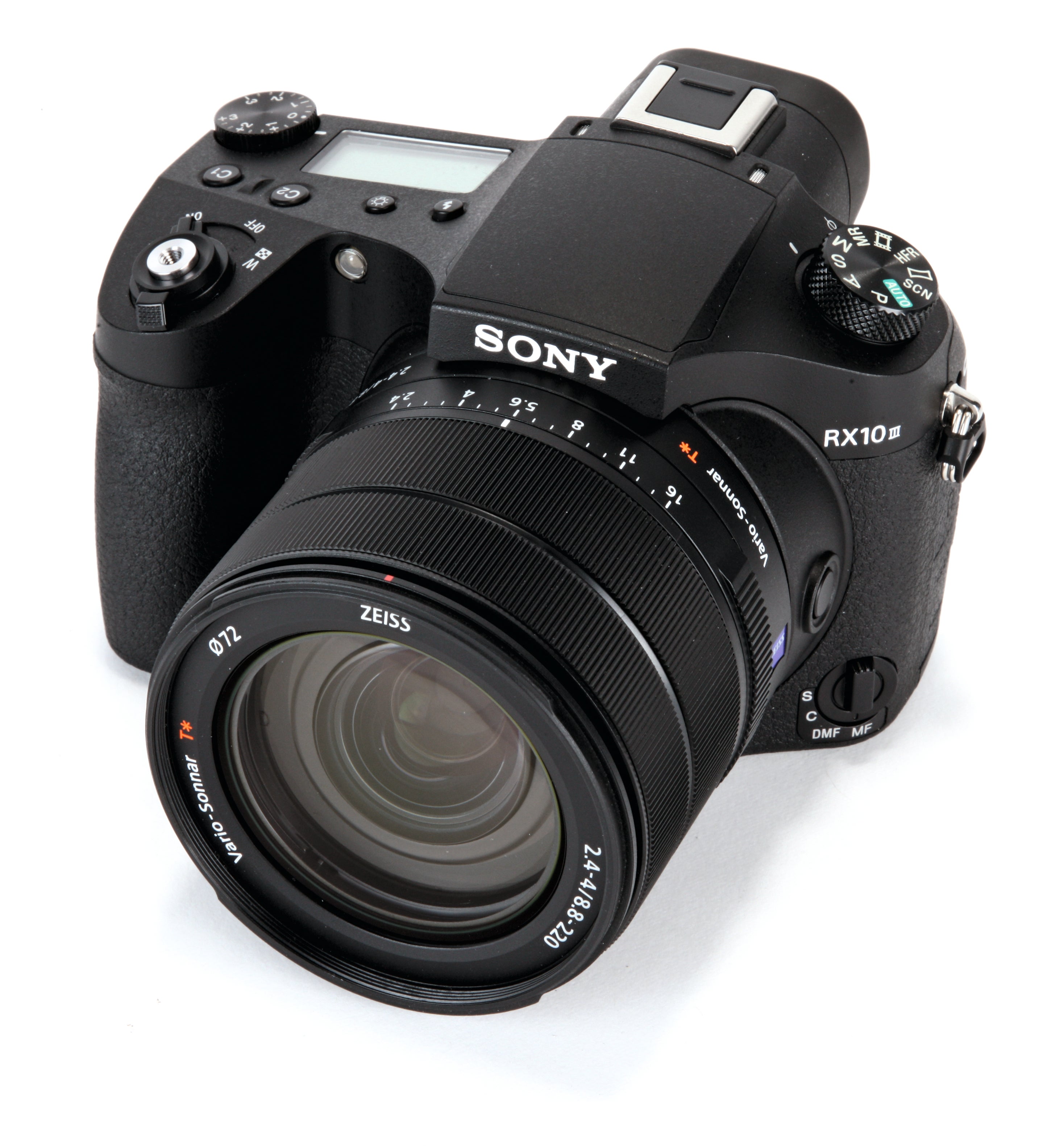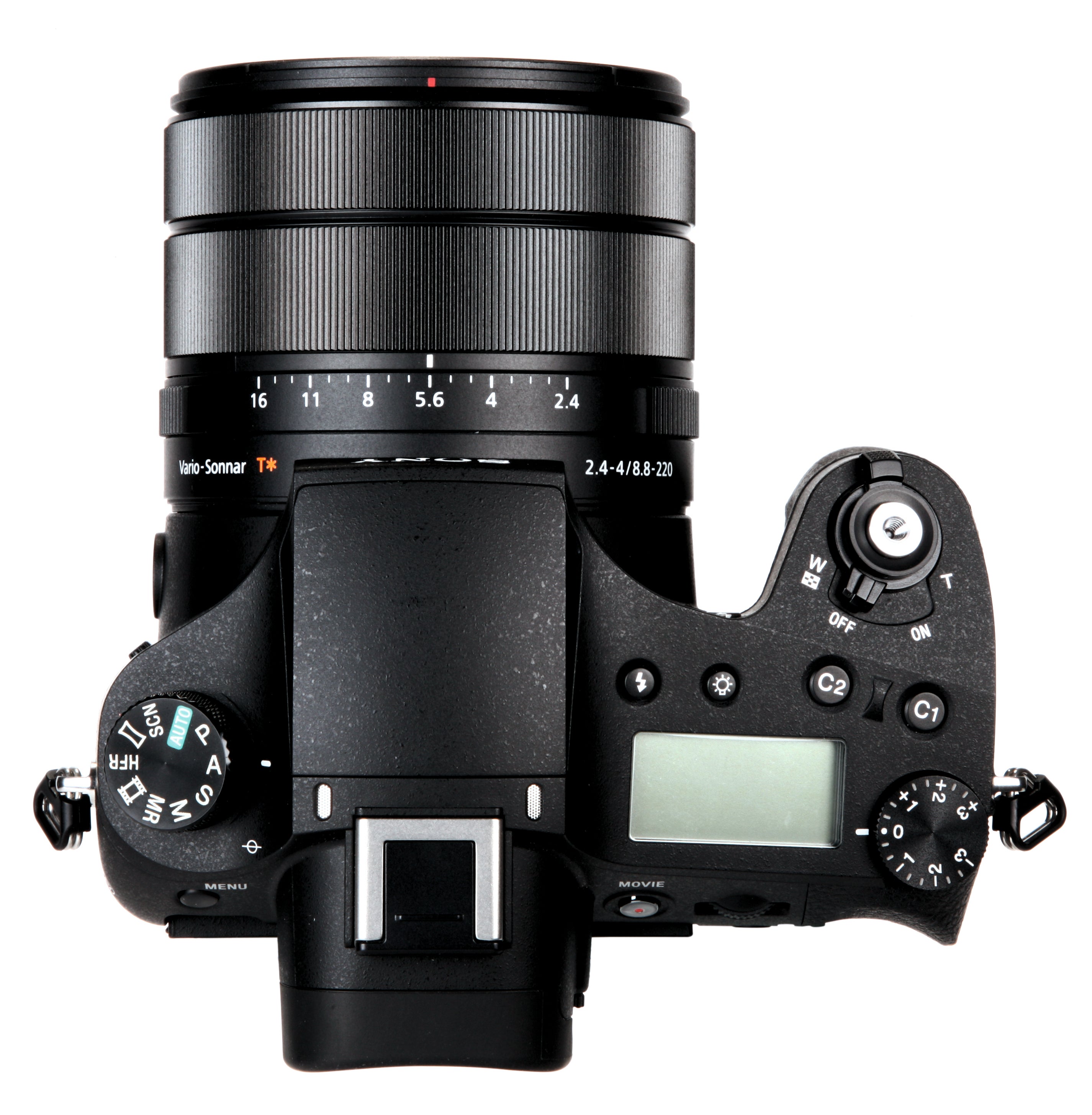Sony’s Cyber-shot RX10 line has redefined what we can expect from superzoom compacts, but can the latest in the line score the company a hat trick? Matt Golowczynski finds out in this RX10 III review
Sony Cyber-shot DSC-RX10 III review
Sony Cyber-shot DSC-RX10 III review: Build and handling

Incorporating such a bright and wide-ranging optic has come with the expected penalty to its size and weight; the body is now almost 37% larger than that of the RX10 II, which includes around an extra inch or so in length for its lens, and weight has increased from 813g to 1,095g (when loaded with a card and battery). The overall difference between the two is significant but whether this is considered to be entirely a bad thing will depend on who’s using it and how; it could, after all, be argued that the heavier body aids stability when using longer focal lengths – exactly where much of the camera’s appeal lies.
The longer lens barrel has allowed Sony to provide a third lens ring around it, with the triplet providing control over aperture, manual focus and focal length (the latter is also adjustable by the collar around the shutter-release button). Sony has also made good use of redundant space just behind the barrel by including a new focus hold button, although this and many of the other controls around the body can be customised.

Overall handling is very positive. The camera is built to the expected standard, with the familiar blend of magnesium alloy and polycarbonate, although the extra weight compared with previous RX models lends it a greater feeling of solidity. Dust and moisture resistance, in the form of various seals around the body, is also welcome when you consider the high likelihood of using this camera outdoors.
Sony is said to have reworked the grip from that of the Mark II model to better support the new lens. Upon being powered up, the camera extends the inner barrel of its optic by around 45mm, although this eventually retracts if the camera is being used for anything but image or video capture (image review, menu browsing and so on). The centre of gravity noticeably shifts as the lens is extended to its maximum telephoto focal length, although the grip’s design combined with the length of the outer barrel still allows for comfortable and secure handling when the optic is extended to this point.
Usefully, the lens’s zoom can be set to Normal or Fast speeds, and you can also configure it to stop at common focal lengths such as 35mm, 50mm and 100mm, or in either fine or coarse focal length increments. At its speediest settings the lens takes just under 3 seconds to travel through its focal range, which is perfectly reasonable.
One thing that would be good to see, however, is the option to change aperture via the body itself rather than the ring on the lens barrel (in the same way that the zoom can be controlled through the collar around the shutter-release button). Only part of this aperture dial is ridged for purchase, and on a camera this small its proximity to the main body and grip means that it can be awkward to rotate without bashing hands.
The inclusion of two custom controls by the shutter release button is a nice touch, given how easily they can be accessed by the index finger. I found it useful to assign movie recording to one of these, as the position of the dedicated movie button next to the viewfinder makes it somewhat difficult to finish recording without shaking the camera when reaching for it.




